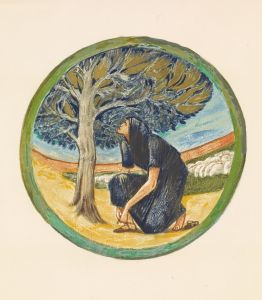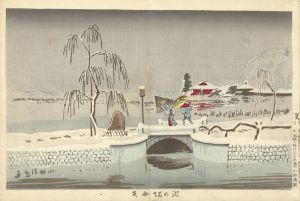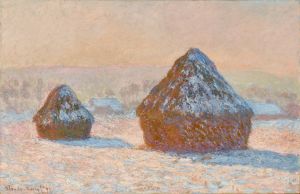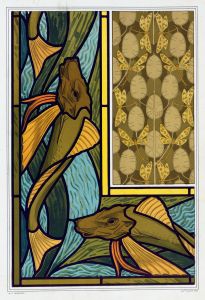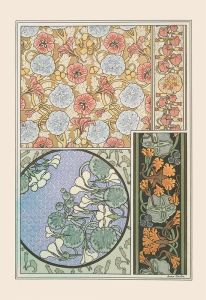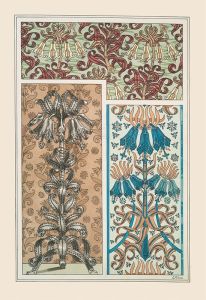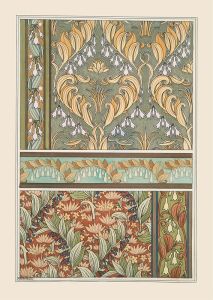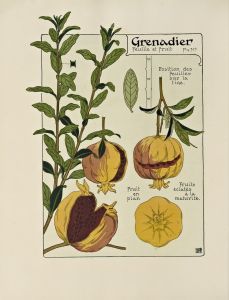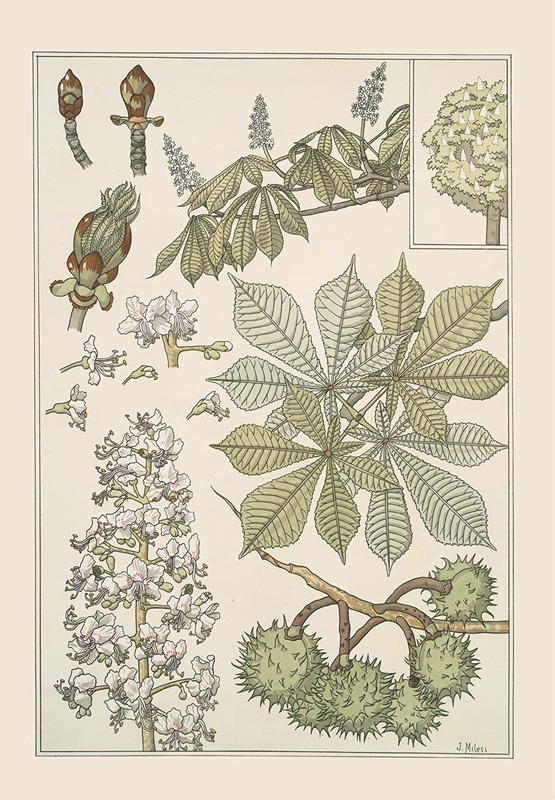
Marronnier
A hand-painted replica of Maurice Pillard Verneuil’s masterpiece Marronnier, meticulously crafted by professional artists to capture the true essence of the original. Each piece is created with museum-quality canvas and rare mineral pigments, carefully painted by experienced artists with delicate brushstrokes and rich, layered colors to perfectly recreate the texture of the original artwork. Unlike machine-printed reproductions, this hand-painted version brings the painting to life, infused with the artist’s emotions and skill in every stroke. Whether for personal collection or home decoration, it instantly elevates the artistic atmosphere of any space.
Maurice Pillard Verneuil was a notable French artist and designer, recognized for his contributions to the Art Nouveau movement in the late 19th and early 20th centuries. His work often featured intricate patterns and designs inspired by nature, and he was known for his use of color and form to create visually striking compositions. One of his works, "Marronnier," exemplifies his artistic style and approach.
"Marronnier," which translates to "Chestnut Tree" in English, is a piece that showcases Verneuil's fascination with botanical subjects. The artwork is characterized by its detailed depiction of the chestnut tree, capturing the essence of its leaves, flowers, and fruit. Verneuil's attention to detail is evident in the way he renders the textures and forms of the tree, highlighting the natural beauty and complexity of the subject.
Verneuil's work was heavily influenced by the Art Nouveau movement, which sought to break away from traditional artistic conventions and embrace more organic forms and structures. This movement was characterized by its emphasis on natural motifs, flowing lines, and a harmonious integration of art into everyday life. "Marronnier" reflects these principles through its elegant composition and the way it celebrates the natural world.
In addition to his work as an artist, Verneuil was also a prolific designer and illustrator. He collaborated with various publications and produced a number of influential design books that disseminated the Art Nouveau style. His designs often featured in wallpapers, textiles, and other decorative arts, contributing to the widespread popularity of the movement.
Verneuil's artistic approach was informed by his studies and collaborations with other prominent figures of the time. He was known to have worked with Eugène Grasset, a Swiss decorative artist who was also a key figure in the Art Nouveau movement. This collaboration likely influenced Verneuil's development as an artist and his dedication to exploring natural themes in his work.
While specific details about the creation and exhibition history of "Marronnier" are limited, the piece remains an important example of Verneuil's contribution to the Art Nouveau movement. It reflects his skill in capturing the beauty of the natural world and his ability to translate that beauty into art that resonates with viewers.
Verneuil's legacy continues to be appreciated by art historians and enthusiasts who recognize his role in shaping the visual language of his time. His works, including "Marronnier," are studied for their artistic merit and their reflection of the broader cultural and artistic trends of the late 19th and early 20th centuries. Through his art, Verneuil left a lasting impact on the world of design and continues to inspire those who appreciate the intricate beauty of the natural world.





